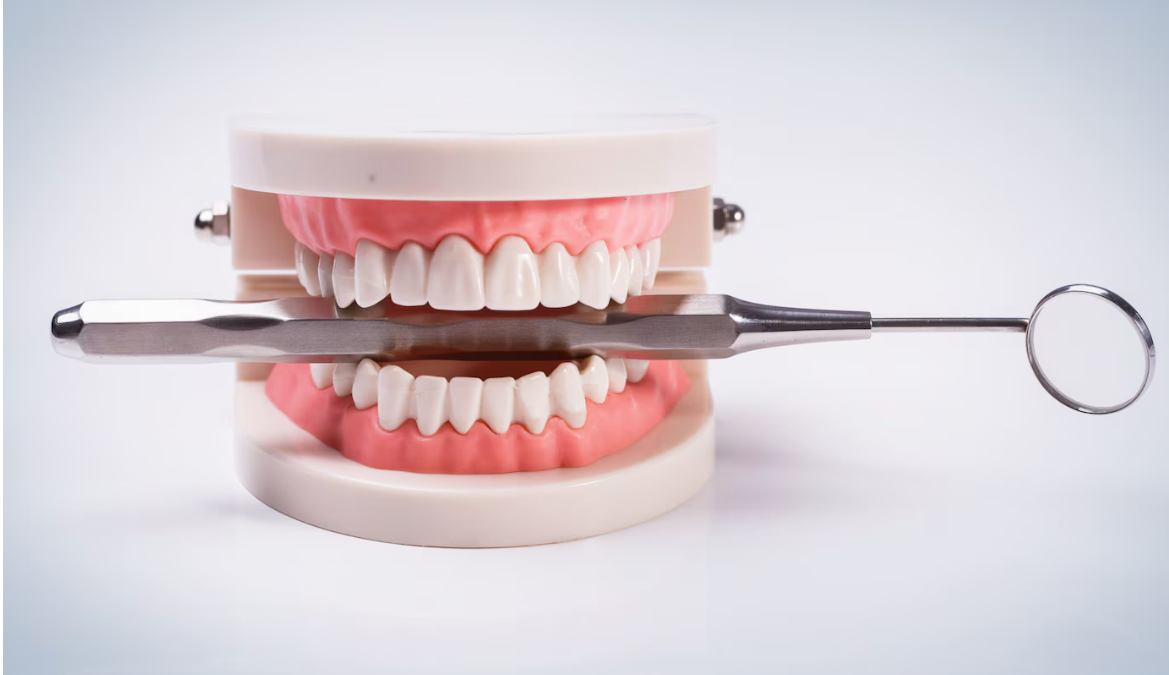When it comes to straightening your teeth, the decision between invisible braces and traditional metal braces treatment can be overwhelming. Each type of orthodontic treatment has its own benefits and drawbacks. While invisible braces have gained popularity due to their discreet appearance, traditional braces are still a trusted solution for many dental issues.
In this blog, we’ll break down the differences between invisible braces and traditional braces to help you decide which option best suits your needs.
1. Aesthetic Appeal
One of the most significant reasons people choose invisible braces is their nearly invisible appearance. They are made from clear plastic aligners, making them much less noticeable than traditional metal braces. This feature is particularly appealing to adults and teens who might feel self-conscious about wearing noticeable metal brackets.
In contrast, traditional braces are easily visible, with metal brackets and wires attached to the front of the teeth. Even with options like ceramic braces (which have tooth-colored brackets), they are still more noticeable than invisible braces. If appearance is a top priority for you, invisible braces might be the better option.
2. Comfort
Comfort is another key factor when choosing between these two types of braces. Invisible braces are made from smooth, medical-grade plastic, and they are custom-fit to your teeth. This reduces the chances of discomfort, such as cuts or abrasions inside the mouth.
Traditional braces, on the other hand, consist of metal brackets and wires, which can sometimes cause irritation to the gums and inner cheeks. Although orthodontic wax can be used to cover sharp edges, there is still a higher chance of discomfort compared to the smooth material of invisible braces.
3. Removability
One of the biggest advantages of invisible braces is that they are removable. This feature allows for more freedom and flexibility in daily life. You can take the aligners out when eating, drinking, or brushing your teeth, which means there are no food restrictions. For those who love crunchy snacks or sticky treats, this is a huge benefit.
Traditional braces, however, are fixed to your teeth throughout the duration of your treatment. You’ll have to avoid certain foods—like popcorn, gum, or hard candies—that could damage the brackets or get stuck in the wires.
4. Treatment Time
The duration of treatment varies for each patient, but in general, traditional braces tend to be more effective for complex orthodontic issues. If you have severely misaligned teeth, a deep overbite, or a complex case of crowding, traditional braces might be the better option because they allow for more precise control over tooth movement.
Invisible braces are effective for mild to moderate alignment issues but may not be ideal for very complex cases. Additionally, invisible braces must be worn for 20-22 hours a day to be effective, and non-compliance can lead to longer treatment times.
5. Cost
The cost of orthodontic treatment is an important consideration for many people. Traditional braces are generally more affordable than invisible braces, although the exact price can vary depending on the complexity of the case and the orthodontist’s fees.
Invisible braces tend to be more expensive due to the technology involved in creating custom aligners. However, for many people, the added cost is worth it for the aesthetic benefits and flexibility.
6. Maintenance and Hygiene
Maintaining good oral hygiene is crucial during orthodontic treatment. With traditional braces, cleaning your teeth can be more challenging due to the brackets and wires. Food particles and plaque can easily get trapped, increasing the risk of cavities and gum disease. Special tools like interdental brushes and floss threaders are often needed to clean around the braces properly.
Invisible braces, being removable, make oral hygiene much easier. You can take the aligners out and brush and floss your teeth as usual. It’s also important to clean the aligners themselves regularly to prevent the buildup of bacteria.
7. Convenience and Frequency of Appointments
With traditional braces, you’ll need to visit your orthodontist regularly for adjustments. This usually means tightening the wires and possibly replacing rubber bands. Depending on the complexity of your case, you might need to visit your orthodontist every 4-6 weeks.
Invisible braces require fewer appointments. Most of the time, you’ll receive a set of aligners to change every 1-2 weeks, and check-ins with your orthodontist are typically less frequent. This makes invisible braces more convenient for people with busy schedules or those who prefer fewer in-office visits.
8. Post-Treatment Maintenance
Both invisible braces and traditional braces require post-treatment maintenance to ensure your teeth don’t shift back to their original positions. After the braces are removed or you’ve completed your aligner treatment, you’ll need to wear a retainer as instructed by your orthodontist.
The type of retainer may vary depending on the treatment. Some orthodontists recommend clear retainers similar to invisible aligners, while others may suggest a fixed retainer that’s bonded to the back of your teeth.
Conclusion
Choosing between invisible braces and traditional braces is a personal decision that depends on your unique dental needs, lifestyle, and budget. If you value discretion, convenience, and comfort, invisible braces may be the right choice for you. However, if you have more complex alignment issues and are looking for a more affordable option, traditional braces might be a better fit.
Consult with your orthodontist to discuss your options and find the treatment that best suits your smile goals.




